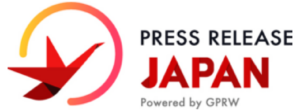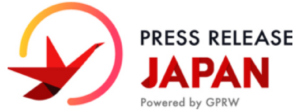BOSTON, July 1, 2013 — Catastrophe modeling firm AIR Worldwide today announced that it has updated its Earthquake Model for Japan to include insights gained from the Great Tohoku earthquake of March 2011, which yielded a vast amount of ground motion data, damage observations, and detailed claims data. As a result, the AIR model represents the industry’s first and currently only comprehensive view of seismic risk in Japan post-Tohoku. In addition to capturing the complex seismicity of Japan and the changes that took place as a result of the Tohoku event, the updated model incorporates losses due to tsunami and liquefaction as well as ground shaking and fire following.
“AIR seismologists undertook an intensive reexamination of information from various sources, including physical and statistical models that calculate how the Tohoku rupture affected stress accumulation on nearby faults,” said Dr. Jayanta Guin, senior vice president of research and modeling at AIR Worldwide. “The Tohoku event had important implications for our understanding of seismic risk in Japan and has also highlighted the importance of explicitly modeling earthquake-associated perils like tsunami and liquefaction.”
The updated earthquake model features an improved understanding of the seismicity on the Kanto Plain, home to some of the largest concentrations of exposure, including Tokyo. The new model also reflects a more thorough understanding of subduction zone segmentation and the possibility of multisegment ruptures as well as a new formulation of plate geometry where the Pacific and Philippine plates interface beneath the Kanto Plain.
“Going far beyond simply revising rupture occurrence probabilities in the existing model, AIR’s updated model reflects a new understanding of the complex network of plate boundaries and crustal faults that underlie the Japanese archipelago,” commented Dr. Guin.
In addition to implementing new scientific research and findings from the Tohoku event, the updated model incorporates the industry’s first fully probabilistic tsunami modeling capability to address this important source of loss. While some solutions provide only deterministic scenarios or overlay a fixed wave height on exposure, the AIR model captures both the complex nature of a tsunami’s development and its dynamic behavior as it nears the coast and comes on shore. AIR’s tsunami damage functions not only account for inundation depth, water velocity, and debris but also take into consideration Japan’s extensive defense system, including the probabilistic failure of levees due to the force of moving water.
AIR has also included explicit modeling of liquefaction in the updated earthquake model for Japan. Although eclipsed by the tsunami and shake damage, the liquefaction damage produced by the Tohoku event was severe. Widespread areas of the Kanto Plain, especially around Tokyo Bay and along the Tone River, exhibited deformed streets, sidewalks, and train tracks as well as damage to underground pipes. AIR’s new liquefaction module incorporates recent studies on the surface geology, geomorphology, and shear wave velocity of soils in regions prone to liquefaction and leverages recommendations from the Japan government and findings from the Christchurch, New Zealand, earthquake.
Using extensive claims data following the Tohoku earthquake, AIR has also taken a new look at damage functions across all lines of business, including personal accident, marine hull and cargo, and complex industrial facilities. Separate damage functions for all four earthquake perils (shake, tsunami, liquefaction, fire following) have been validated against a substantial amount of individual claims from the Tohoku event. Most notably, these claims data revealed wood construction to be more vulnerable than previously considered. Because a vast majority of residential structures are wood, this insight has a significant impact on Japan’s risk profile.
“The Tohoku earthquake triggered new research in the seismological community, which AIR has closely followed,” concluded Dr. Guin. “This update incorporates those new findings into a robust, scientifically sound, and extensively validated model, providing clients with a forward-looking view of earthquake risk assessment in Japan.”
The updated Earthquake Model for Japan is available in AIR’s TouchstoneTM, CLASIC/2TM, and CATRADER® platforms.
About AIR Worldwide
AIR Worldwide (AIR) is the scientific leader and most respected provider of risk modeling software and consulting services. AIR founded the catastrophe modeling industry in 1987 and today models the risk from natural catastrophes and terrorism in more than 90 countries. More than 400 insurance, reinsurance, financial, corporate, and government clients rely on AIR software and services for catastrophe risk management, insurance-linked securities, detailed site-specific wind and seismic engineering analyses, and agricultural risk management. AIR is a member of the Verisk Insurance Solutions group at Verisk Analytics (Nasdaq:VRSK) and is headquartered in Boston with additional offices in North America, Europe, and Asia. For more information, please visit www.air-worldwide.com.



